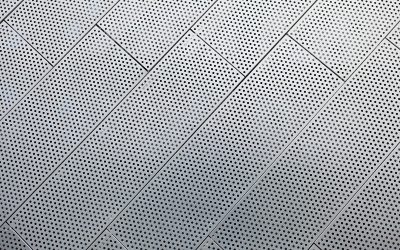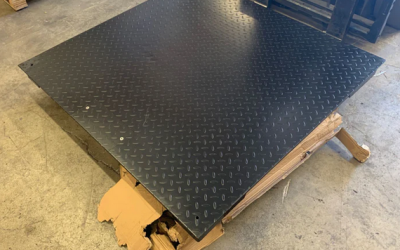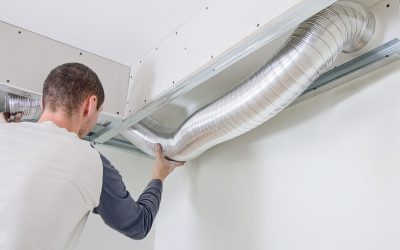For many different applications today, the use of specialized processes is not just a convenience; it is a requirement. This is particularly true for components that are to be used in medical devices and equipment, but it is also a major consideration in components used in the aerospace and telecommunications industries as well as military and defense.
One of the critical final processes for these components and parts is to go through a metal deburring operation. In the past, the options for removing burrs were often limited to visible burrs on the surface. These were typically removed with hand filing or grinding methods.
The Issues of Today
With the extremely tight tolerances and precision parts required in micro-components and parts, metal deburring is no longer just for the larger burrs visible on the surface.
All metal components that are machined or worked will have some unwanted material that remains from the process. This can be small enough to be virtually invisible to the naked eye and impossible to detect by touch. However, it will create problems with the component with regards to tolerances.
Burrs can form in three different ways. When the metal is deformed on the surface because of the machining process a lateral irregularity can occur. This is a called a Poisson burr. When the surface material bends in the process it is known as a rollover burr. The final possibility is a tear burr that occurs when the surface of the material is pulled by the tool to create a jagged or irregular edge.
Removing Burrs
For small or large production runs or for the development of prototype components an effective, efficient and highly controllable process for metal deburring is required.
One of the newest technologies in use is vibratory finishing. This does more than just deburr; it will also descale, clean and brighten the parts as well as radius the components.
This is done in barrels to allow for batches of similar components to be finished at the same time. The parts are loaded into the barrel along with a specially selected media, surfactants as well as water.
During the process, the tubs turn in a circular direction while also undergoing and up and down motion. This creates a consistent movement of the parts in the tub to allow the media to remove any surface irregularities in a controlled and highly accurate process.
With consistent movement in the barrel as well as the correct selection of speed, frequency and amplitude the specific finish can be achieved to tight tolerances within or between batches. The result is a perfect finish on all surfaces of the parts with quick processing times and high levels of efficiency.



